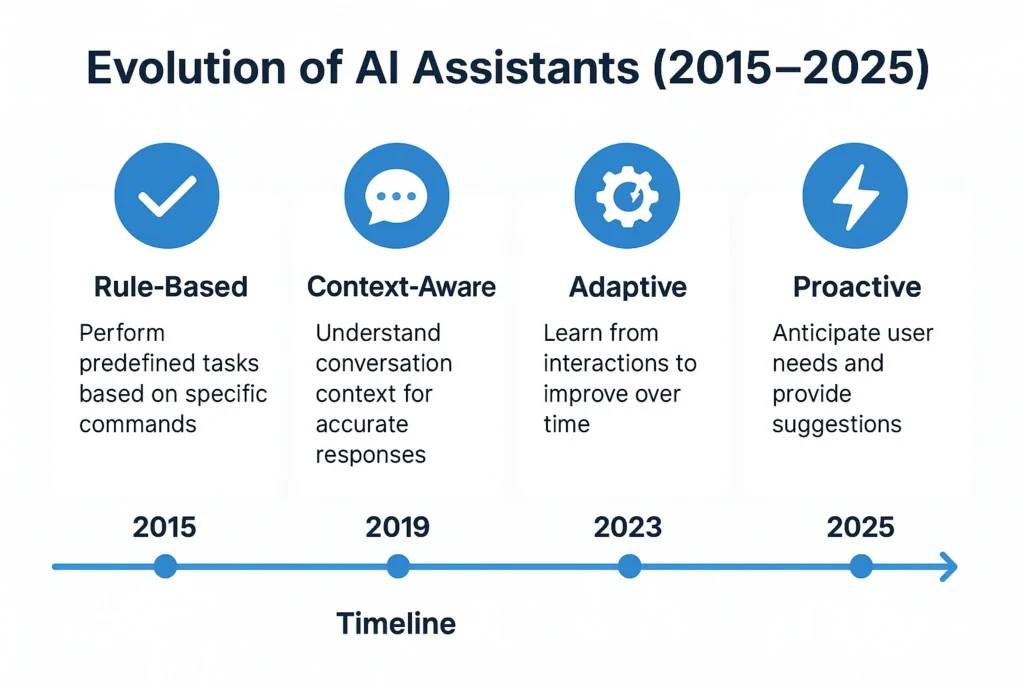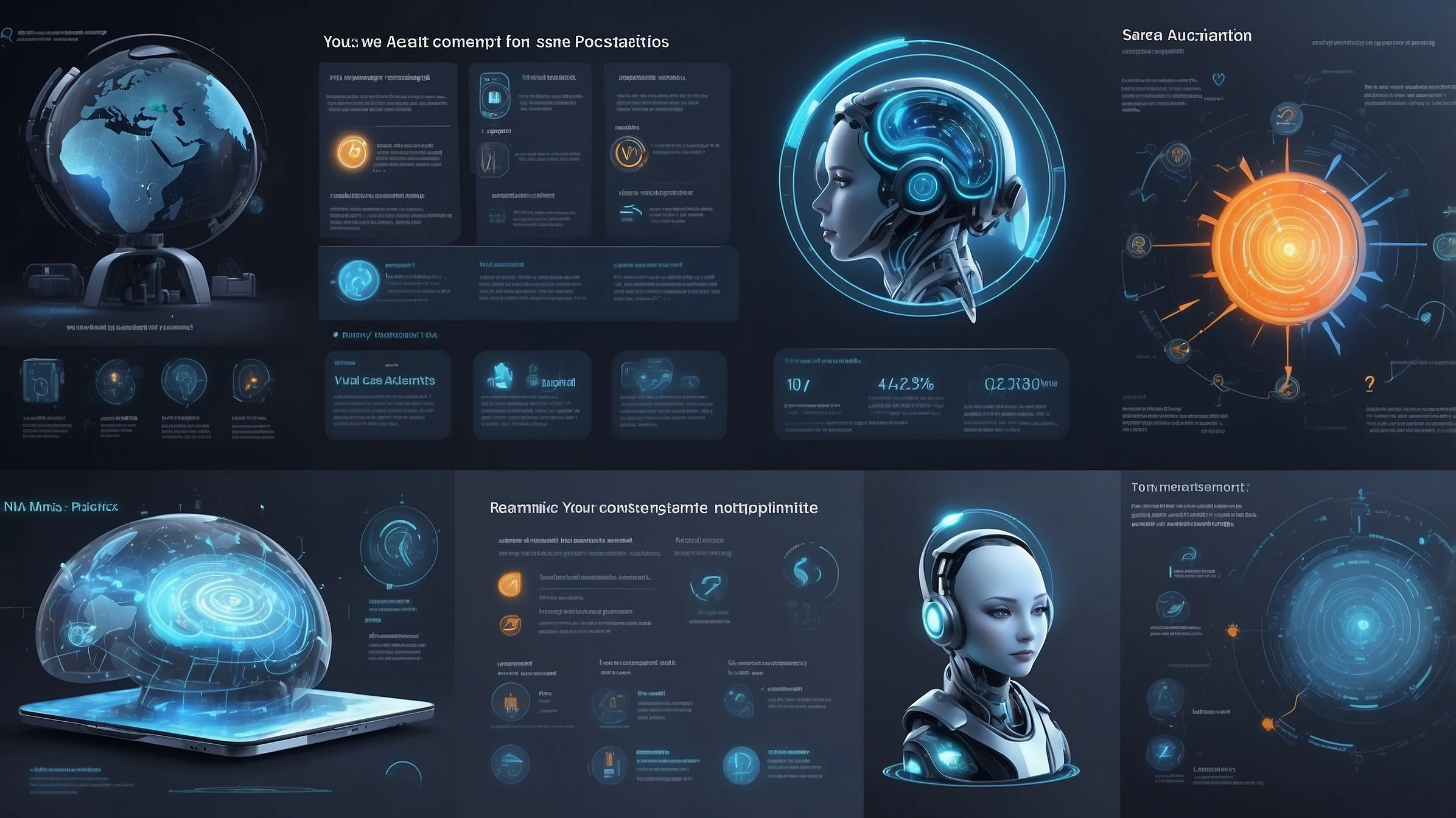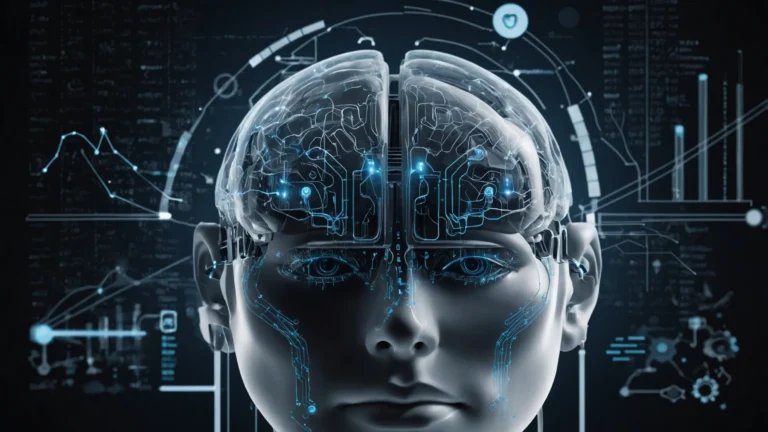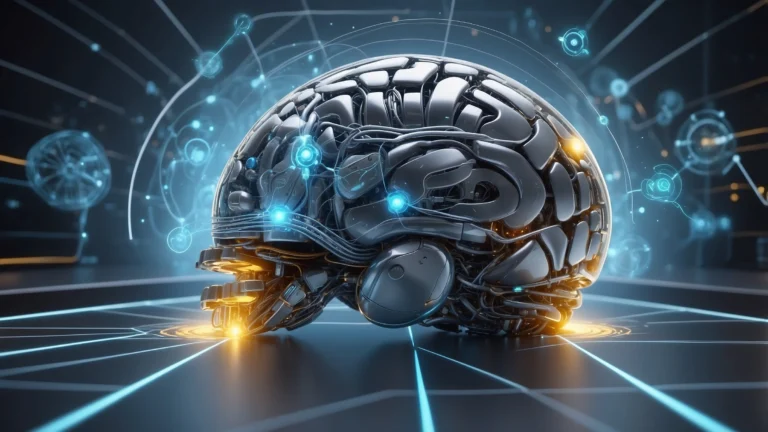How AI Personal Assistants Are Evolving: From Commands to Conversations
Once limited to setting timers or weather updates, AI assistants like Siri, Alexa, and Google Assistant are now becoming deeply embedded into our daily lives — not just as tools, but as interactive digital companions.
Thanks to advances in natural language processing (NLP), contextual memory, and multi-modal learning, these assistants are learning to engage in real-time, emotionally aware, and task-efficient conversations.

From Voice to Understanding: The New Era of Smart Assistants
Traditional assistants followed simple command-response logic:
“Play music.” → Plays music
“What’s the weather?” → Reports weather
Now, assistants can:
- 🔄 Maintain context across conversation
- 🎯 Predict what you’re likely to ask next
- 📍 Recommend actions based on calendar, habits, or geolocation
- 🧠 Recognize tone, urgency, or emotional state
According to Wikipedia, intelligent virtual assistants are now powered by deep neural networks that model intent, behavior, and context far beyond rule-based systems.

Key Capabilities of AI Assistants in 2025
| Feature | Example Use Case |
| Conversational memory | “Remind me what I said about flights yesterday” |
| Contextual switching | Booking a ride while still checking weather |
| Proactive suggestions | “It’s 3 PM — time for your meeting with Anna” |
| Sentiment awareness | Adjusting tone when detecting stress |
| Multilingual transitions | Seamlessly shifting between English & Spanish |

AI in the Home, Work, and Car
- 🏠 Smart homes — controlling everything from lighting to grocery ordering
- 💼 Office assistants — scheduling, drafting reports, summarizing meetings
- 🚗 In-vehicle companions — navigation, entertainment, fatigue detection
Companies like Amazon, Google, and Samsung are investing in assistants that understand users not just in real-time, but also longitudinally — learning how your preferences evolve over months or years.

Benefits and Challenges
✅ Advantages:
- Efficiency and convenience
- Reduced screen time
- Accessibility for elderly or disabled users
⚠️ Concerns:
- Privacy and microphone access
- Misunderstandings in tone/context
- Over-reliance on tech for basic thinking
Future Outlook
By 2030, AI assistants may shift from being reactive agents to autonomous decision-makers in your digital life — booking appointments, managing budgets, even suggesting major life decisions based on patterns.
But this future must come with guardrails: transparency, opt-in models, and ethical AI design.
Conclusion
AI personal assistants are no longer novelties. They’re shaping how we interact with technology — more human, more intuitive, and increasingly indispensable.The real question is not what they can do — but how much we’ll let them into our lives.







